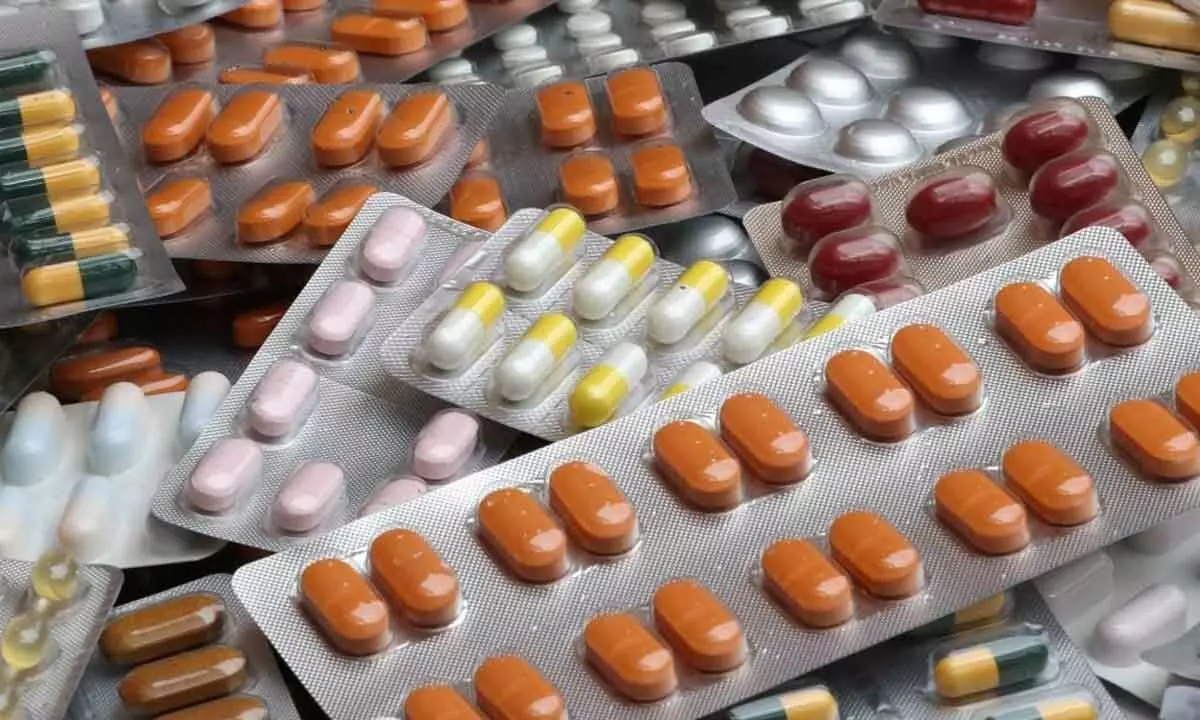How NLEM-2022 will impact pharma companies?
Some pharma majors like GSK, Sanofi may have negative impact after inclusion of their drugs in Essential Medicines List 2022
image for illustrative purpose

On September 13 this year, after a gap of seven years, the Union Health Ministry has released the National List of Essential Medicines (NLEM) 2022, with a total of 384 medicines of which 34 are new medicines added to the previous list while 26 medicines from the previous list were deleted due to various reasons. Framed on the principles of the World Health Organisation (WHO)'s essential medicine list, India's first list was developed in 1996. It has since been modified four times – in 2003, 2011, 2015, and now in 2022. The medicines in the new NLEM have been categorised into 27 therapeutic categories. The new list included more cancer medicines, newer diabetes drugs, and even four drugs - bedaquiline, delamanid, doulutegravir and daclatasavir - which are still under patent.
The 'essential medicines' are those that satisfy the priority healthcare needs, based on efficacy, safety, quality and total cost of the treatment. The primary purpose of NLEM is to promote rational use of medicines considering the three important aspects i.e., cost, safety and efficacy. It also helps in optimum utilization of healthcare resources and budget; drug procurement policies; health insurance; improving prescribing habits; medical education and training for UG/PG; and drafting pharmaceutical policies. The concept of NLEM is based on the premise that a limited list of carefully selected medicines will improve quality of healthcare, provide cost-effective healthcare and better management of medicines. The NLEM is a dynamic document and is revised on a regular basis considering the changing public health priorities as well as advancement in pharmaceutical knowledge.
Obviously, it was a huge exercise. For framing the new list, the Union Health Ministry had constituted the independent Standing National Committee on Medicines (SNCM) in the year 2018. Over 350 experts from various fields across the country were consulted in a total of 140 consultative meetings following which the drafting committee meetings were held before preparing the List. The NLEM 2022 has been prepared after consulting various documents of medicines including the NLEM 2011 and 2015, WHO's Essential Medicines List 2021, National Formulary of India,
National Health Programmes, Standard Treatment Workflow of ICMR, Treatment guidelines of associations and professional bodies and newsletters of pharmacovigilance programme of India. It has also conducted various meetings with the stakeholders including the Ministries, Department of Pharmaceuticals, National Pharmaceutical Pricing Authority, CDSCO, Indian Pharmacopeia Commission, various non-government organisations, and pharmaceutical industry associations. Curated by experts in consultation with stakeholders, the list includes medicines that are needed to address the priority healthcare needs of the majority of the population. The drugs included are those that are best for the treatment of a particular condition and are cost-effective at the same time.
Of course, the revisions are done keeping in mind the changing profile of diseases in the country, newer drugs becoming available in the market, drugs becoming obsolete or being banned for certain risks, and newer treatment protocols. The List creates a framework for procurement of medicines at government healthcare facilities – the essential medicines should ideally be available at all healthcare centres depending on the level of care (NLEM marks all drugs as P, S, or T depending on whether they ought to be available at primary, secondary or tertiary healthcare facilities). The List helps government facilities that do provide free medicines to prioritise which ones; and can also be used by agencies reimbursing the cost.
In addition, the list helps in training young doctors on rational use of medicines. But, the most important use of the list is to make these medicines affordable to the general population. However, all said and done, as 34 new medicines have been added in the new List, it will have negative impact on some of the pharmaceutical majors in the country. Some of the companies with maximum exposure to the NLEM are Cipla, JB Chemicals, Cadila, Dr Reddy's, Alkem, GSK Pharma, Sanofi, Lupin, IPCA, AstraZeneca and Glenmark.
Sanofi's Lantus, GSK's T Bact and Ceftum, Macleods' Meromac, and Mankind's Cefakind are the top five brands added to the List, together accounting for sales worth Rs 1,378.9 crore, according to some brokerage houses. According to pharmaceutical analysts, GSK would have to reduce prices for its antibiotics Ceftum and T- Bact which cumulatively cover around 15 per cent of its sales, while Sanofi would have to reduce prices for Lantus - an opthalamic drug which has a fair share of 22 per cent of its sales. Sanofi's Lantus costs 8-11 percent more than the average price, and GSK's T Bact is 11-13 percent above the average price. However, the full impact of the hikes in prices of the drugs will be visible in the financial earnings for the quarter ending September 2022. The drugs in the NLEM are scheduled drugs that are under price control by the central government. While the NLEM portfolio constitutes 17 per cent of overall Indian Pharma Market (IPM) sales, the contribution is in the 7-44 per cent range for the top 25 companies.
(The author is freelance journalist with varied experience in different fields)

